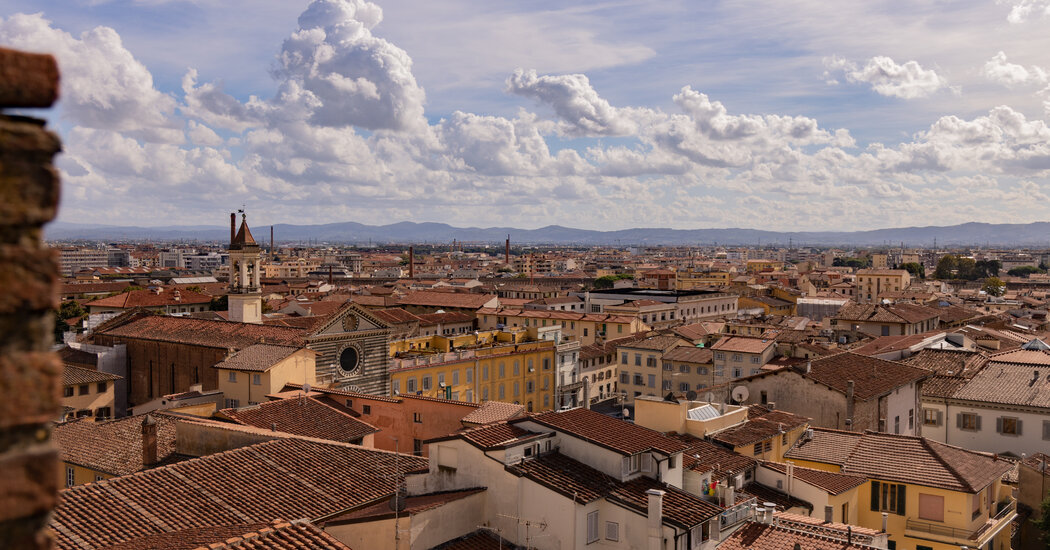Autumn in Tuscany is the season of grapevines turned golden in the sun. It’s a time to cherish the fruits of the earth and the vine. Restaurants put up handwritten signs touting fresh porcini mushrooms, and small towns hold sagras, festivals celebrating local food and history.
Living in Florence over the past few years, I’ve relished taking short local train excursions within the region of Tuscany, which is subdivided into 10 provinces, each with a capital city, and each with a different character, presiding saints, folk traditions and culinary specialties.
Here are three day trips on regional trains that will take you to three provinces. All the trains leave from the huge central Florence train station, Santa Maria Novella, right in the center of the city. Buy your tickets in advance — I use Trainline, or you can buy tickets from machines in the station, which offer English instructions. The trains themselves move relatively slowly, stopping at small stations that the AV, or Alta Velocità (high-speed), trains whiz right past. Some may be modern three-car commuter trains; others will remind you of European trains you may have taken years ago, with no assigned seat numbers and windows that can be opened.
Marradi
On Sundays in October the Tuscan town of Marradi holds its chestnut festival, with food stalls, music and the pervasive scent of chestnuts roasting. But visiting any day of the week will immerse you in chestnut season.
About 28 miles northeast of Florence, Marradi is in a broad green valley called the Mugello, which claims connections to both Giotto and Dante. On the train ride there (see below for information), you’ll pass olive groves, cypress trees and hill towns.
Take the five-minute stroll from the train station, pausing, perhaps, to eat a chestnut fritter. Before you cross the river into town, you will pass the neoclassical, 18th-century church of San Lorenzo, where you’ll find paintings by the Maestro di Marradi, or Master of Marradi, an anonymous painter working at the end of the 15th century and the beginning of the 16th. The Maestro was probably a pupil of Domenico Ghirlandaio, and he originally painted these paintings for the Abbey of Marradi, which was dedicated to Santa Reparata, a young virgin — in some stories, only 11 years old — who was tortured and martyred for her faith in the third century. Up through the Middle Ages, she was the patron saint of Florence (the Duomo replaced a church dedicated to Santa Reparata). In…
Click Here to Read the Full Original Article at NYT > Travel…
